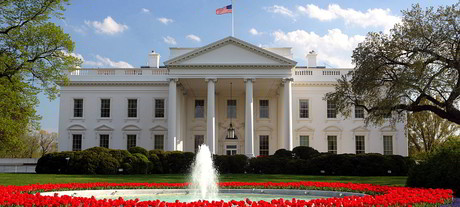Next US president needs a security plan

So far, the US presidential election campaign seems to have concentrated on personal scandals and character assassinations. But the next president should be concentrating on more important matters such as cybersecurity, said the security and business technology association ISACA.
In an opinion column published in The Hill, Theresa M Grafenstine, ISACA vice chair and inspector general of the US House of Representatives, has called for cybersecurity to be a significant component of the next president’s 100-day agenda.
According to Grafenstine, “Bolstering US cyber strategies and responses are essential for critical infrastructure, national defence operations and ultimately the US and global economies.”
In the article, Grafenstine, outlined the top five critical cybersecurity priorities that need to receive ample attention in the first 100 days of the next president’s new administration:
- An essential priority must be for the new president to work with Congress to take a more holistic approach to address the ever-shifting threats present in the US’s cybersecurity landscape.
- The incoming president must address growing nation-state cyber attacks head on. Unlike traditional war, where rules and societal expectations, such as the Geneva Convention, have been in place for decades, cybersecurity lacks defined international norms. Adherence to an outmoded dogma of ‘an eye for an eye’ will escalate to blindness in days, not months or years.
- More work must be done to support the long-term construction of a robust educational pipeline for skilling, reskilling and upskilling cybersecurity professionals. Legislative and other initiatives, such as tuition reimbursement and similar support for those obtaining cybersecurity degrees, are a good start. Further steps must focus on the profession in its entirety, with additional incentives for those who choose careers in the public sector, or protecting critical infrastructure.
- The work on international norms for cybersecurity must become an ingrained part of all meetings of global leadership groups such as the G-7, G-20, ASEAN and APEC, and in any technology-focused EU-US interactions.
- There must be a comprehensive and sustained commitment to modernising government at the pace of innovation. The present scorecard for US government IT is not pretty.
How to harness AI to advance cybersecurity
Organisations that prioritise AI-enabled security and a culture of continuous learning...
Solving the IoT attack surface challenge: a practical playbook for IT managers
As IoT environments get more complex, adopting zero-trust architectures to verify every device...
Defending against AI-powered cyberthreats
Improving cyber resilience is no longer about perimeter defence or reactive patching, but...







